Albatrosses KP 933 and KP 944 were born and raised on neighboring lawns in a sunny Princeville neighborhood fronting the Pacific Ocean, and both fledged in 2005.
Now the two birds are a bonded pair that has raised at least four chicks and returns every year to the same neighborhood — just houses down from albatross enthusiast Cathy Granholm.
“They’ll probably have a chick,” Granholm said Monday as she led a walking tour through a few residential blocks that house 14 albatross nests.
Granholm has been collecting data on the Laysan albatrosses that nest in the Princeville area for 15 years and checks on the nests daily while the birds are on island.
“Princeville may be the only community in the world where albatrosses nest in peoples’ yards and on a golf course,” she said. “We have a great-grandfather albatross, Joseph, who has a nest this year with his mate, Elaine.”
November through July, Laysan albatrosses come to Kauai for their breeding season. So far, there are 46 nests in Princeville.
Elaine was sitting on one of those nests during the sunny morning walking tour with Granholm, tucked away between a house and a hedge.
“Usually they nest in a different spot in this backyard, but the vegetation has been replanted and for some reason that made Joseph chose this other, hard to see place to nest,” Granholm said.
Click and Clack make up another albatross pair in the neighborhood and live two houses from Granholm, and Clack has laid an egg, though it was abandoned this year.
“We don’t know why that happens, but it does sometimes,” Granholm said. “The more time I spend with these birds, the less I understand them. They’re always surprising me.”
Usually in January, Granholm said their neighborhood is abuzz with birds returning and “displaying” a combination of noises and movements that looks like dancing. Mated pairs are reuniting and singles are mingling, but this is a slower year.
“It’s quieter now than usual. We don’t know why,” Granholm said. “Maybe it’s because they have to work harder to find food, they feed in the same places where the (humpback) whales do.”
The theory that whales aren’t getting enough food in their feeding areas is one of several that researchers are studying to learn why there have been fewer humpback whale sightings since 2015.
On land and in Princeville, however, eggs are being incubated and albatross pairs are getting ready to become parents.
“Chicks usually hatch in late January or early February,” Granholm said. “Then you’ll see them wandering around the nests, or the parents trying to sit on them.”
And while they’re in her neighborhood, Granholm is keeping a sharp eye and hosts tours — whether scheduled or impromptu — for visitors and locals alike who have questions and would like to see the birds up close.
“We have four generations of albatrosses here,” Granholm said. “I have collected enough data long enough to know who is related to whom and I am always happy when one of my old-timers comes back.”


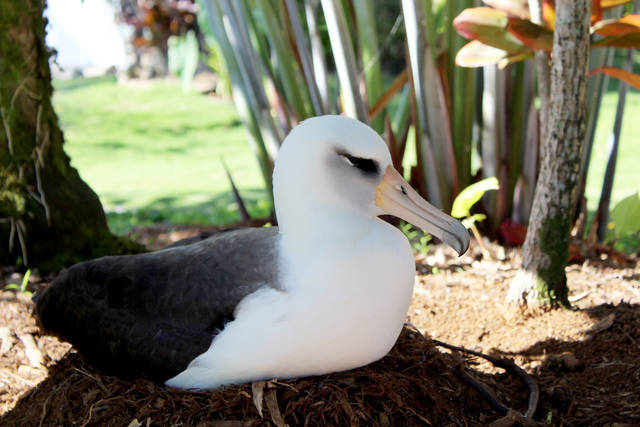
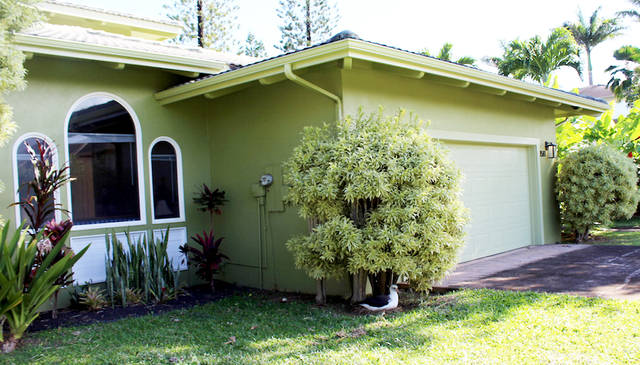
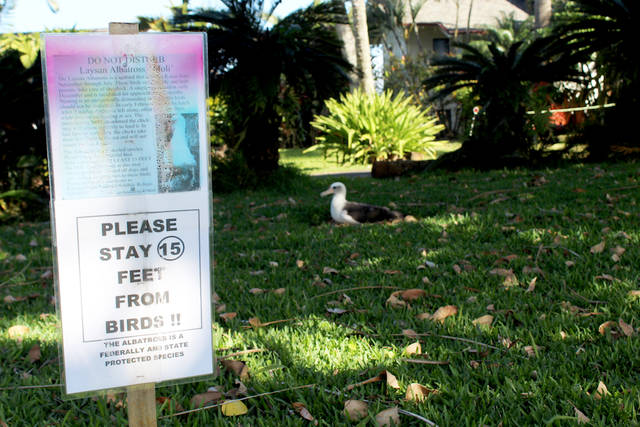
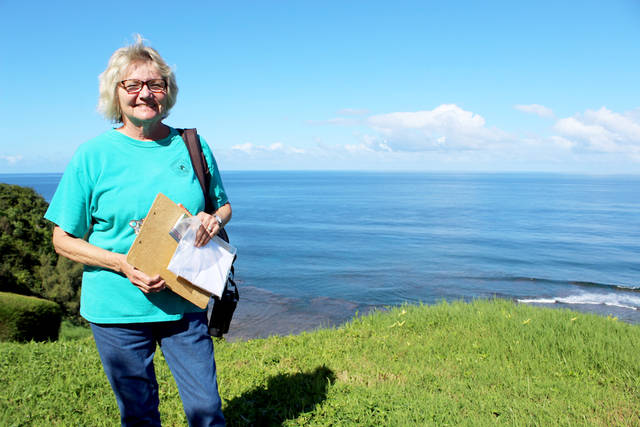
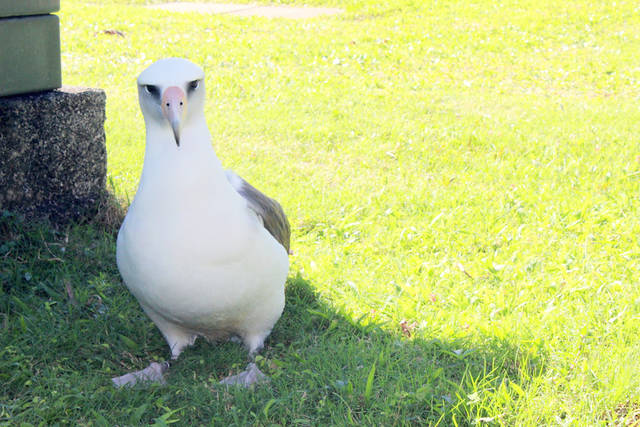
Nice. Good News. So much bad news it’s nice to know about something really important. I haven’t had a chance to go look. Mahalo Ms. Granholm. Keep it up.
Lived in Princeville years ago and miss seeing them!